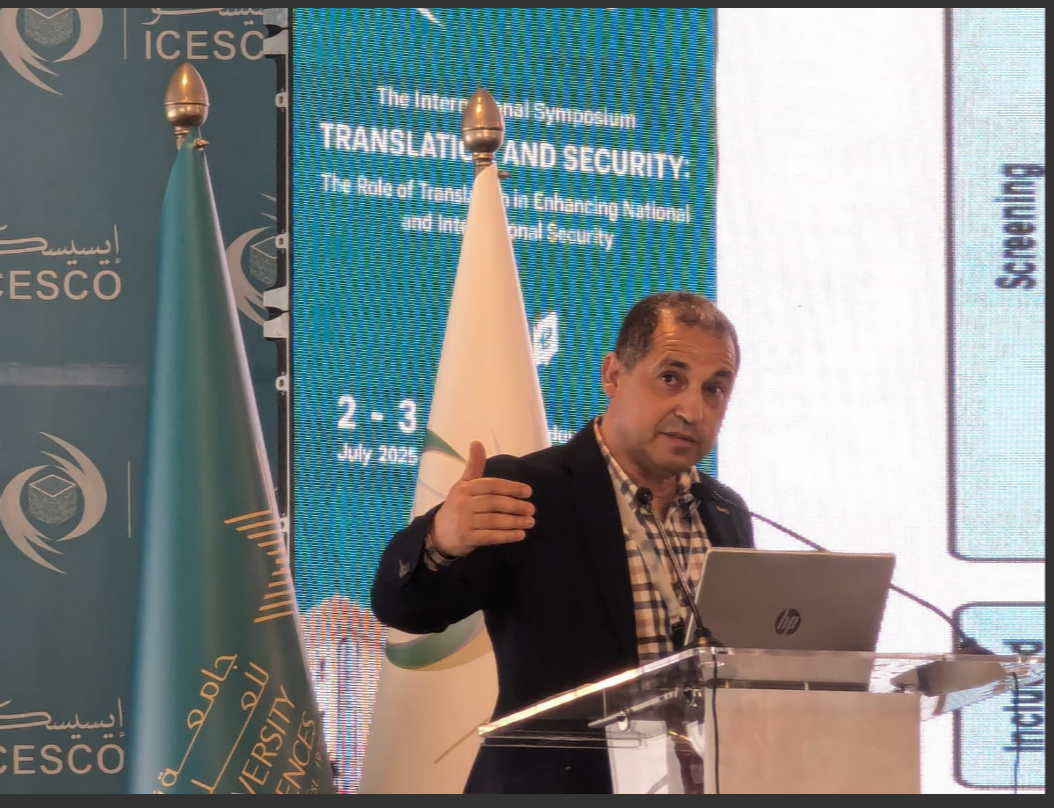Reviewing or developing programs in the higher education education always follows a highly bureaucratic product-based pathway: documents, checking and checking...and another checking, documents and documents checking...ect....or sometimes benchmarking or checking what others did so as to imitate them or copy / paste what they worked on with slight modifications. Not so!
In fact, doing the pedago-curricular engineering work, and work on collecting, documenting and saturating relevant and significant data is not a preferred pathway that higher education institutions would like to work on , especially in the public sector. Similar process is followed in the accreditation process.
Evaluation and modeling models in curriculum are various, yet, the most suitable approach for post covid and todays' context seem to be the one that takes competency as a framework: what we privilege in curriculum evaluation or review is not:
- The shifts and changes in courses titles or contents
- The modification of the outcomes / objectives on paper
- The religious choices of specific textbooks as a condition to breath and continue development
Instead, the first things to do, in our opinion, is to reshuffle the process: first document and identify practices corresponding to the disciplines at stake in the context ( especially if it has corresponding professional practice in the local and economy and society ), after that select these practices and classify them to develop standards of practice. All these information can be generated by the data collected through interviews, focus group, surveys..etc. After that, we sit down as a team and align the disciplinary knowledge with what we collected from the profession or real life context of the discipline or contents that are taught. Then, we select and categorize. Then we build the continents, activities, pedagogies, training modes, assessment methods aligning with the new engineered curriculum.
I hope this clarifies the point.




